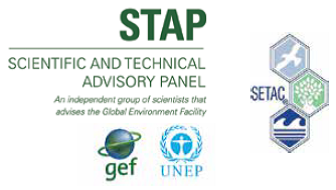Mercury in the Global Environment
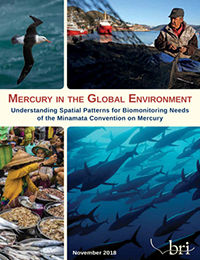
BRI’s report Mercury in the Global Environment presents data on mercury concentrations in biota of concern in Article 19 of the Minamata Convention (i.e., marine and freshwater fish, sea turtles, birds, and marine mammals). Mercury concentrations from key biota are presented and compared geographically and taxonomically through Case Studies.
Data for this report are compiled from the GBMS database, including 832 different references, representing 108 countries, 1,963 unique locations, and 6,162 averaged mercury samples from 267,651 total individual organisms.
Together, these data can help raise awareness of potential risks and benefits of consuming key food items and thereafter help inform resource managers and decision makers about the species and places in which mercury represents a potential risk to human health.
The GBMS database also represents a valuable tool for: (1) integrating mercury science into important policy decisions related to the Minamata Convention on Mercury; (2) use by existing networks such as the Arctic Monitoring Assessment Programme (AMAP); and (3) protecting human health and the environment from the risks of mercury exposure.
Mercury in the Global Environment: Marine Mammals

From the Arctic to the Antarctic, marine mammals move across large expanses of water, foraging on the smallest animals (krill) or preying on the largest; all depend on healthy and uncontaminated food sources. However, over the past century, mercury released through industrial processes such as coal-fired power generation, has been accumulating in the world’s oceans. To help illustrate the impacts of methylmercury biomagnification (increasing toxicity as it moves up the food web) and bioaccumulation on marine mammals, we produced Mercury in the Global Environment: Marine Mammals.
This publication summarizes GBMS data from four taxonomic groups including toothed whales, baleen whales, pinnipeds (seals and walruses), and polar bears, plus people (in particular, aboriginal subsistence commmunities). For each group, we include a chart and discussion detailing mercury body burdens.
Mercury in the Global Environment: Tuna
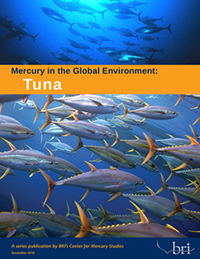
Tuna are regularly listed on fish consumption advisories. Yet, tuna are consistently among the top five commodities in the global fish market. Skipjack, albacore, and yellowfin are most commonly processed for canned products, while bluefin are valued for direct consumption. To help illustrate the impacts of methylmercury biomagnification (increasing toxicity as it moves up the foodweb) and bioaccumulation on this important food source and commodity, we produced Mercury in the Global Environment: Tuna.
This publication summarizes GBMS and FAO data from nine tuna species, and examines trends by ocean basin through the lenses of human and environmental health.
Global Distribution of Biotic Mercury Concentrations
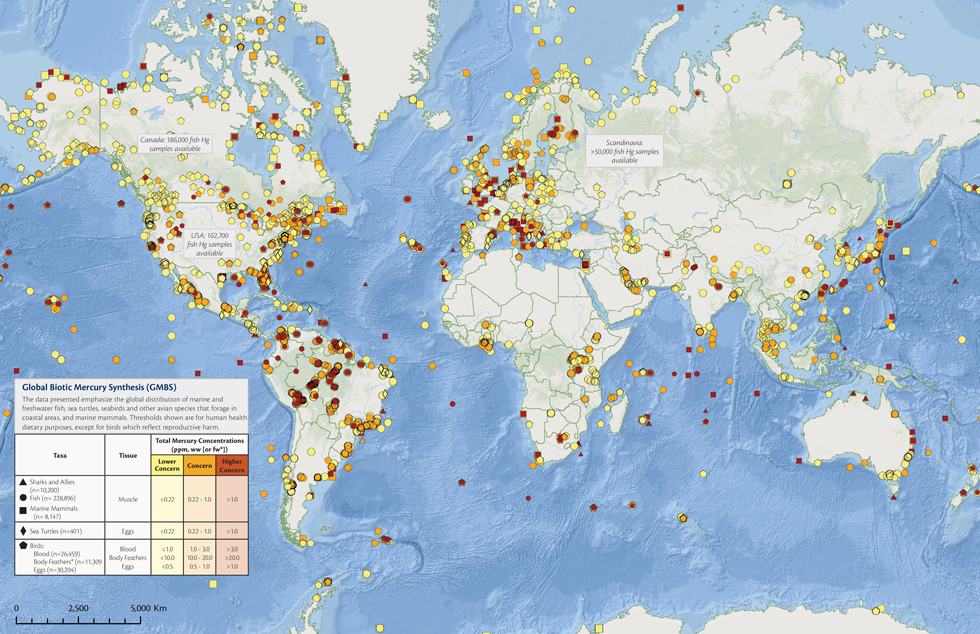
The data presented here emphasize the global distribution of marine and freshwater fish, sea turtles, seabirds and other avian species that forage in coastal areas, and marine mammals. Thresholds shown are for human health dietary purposes, except for birds which reflect reproductive harm. See chart above for threshold definitions.
Developing Regional Mercury Monitoring Efforts
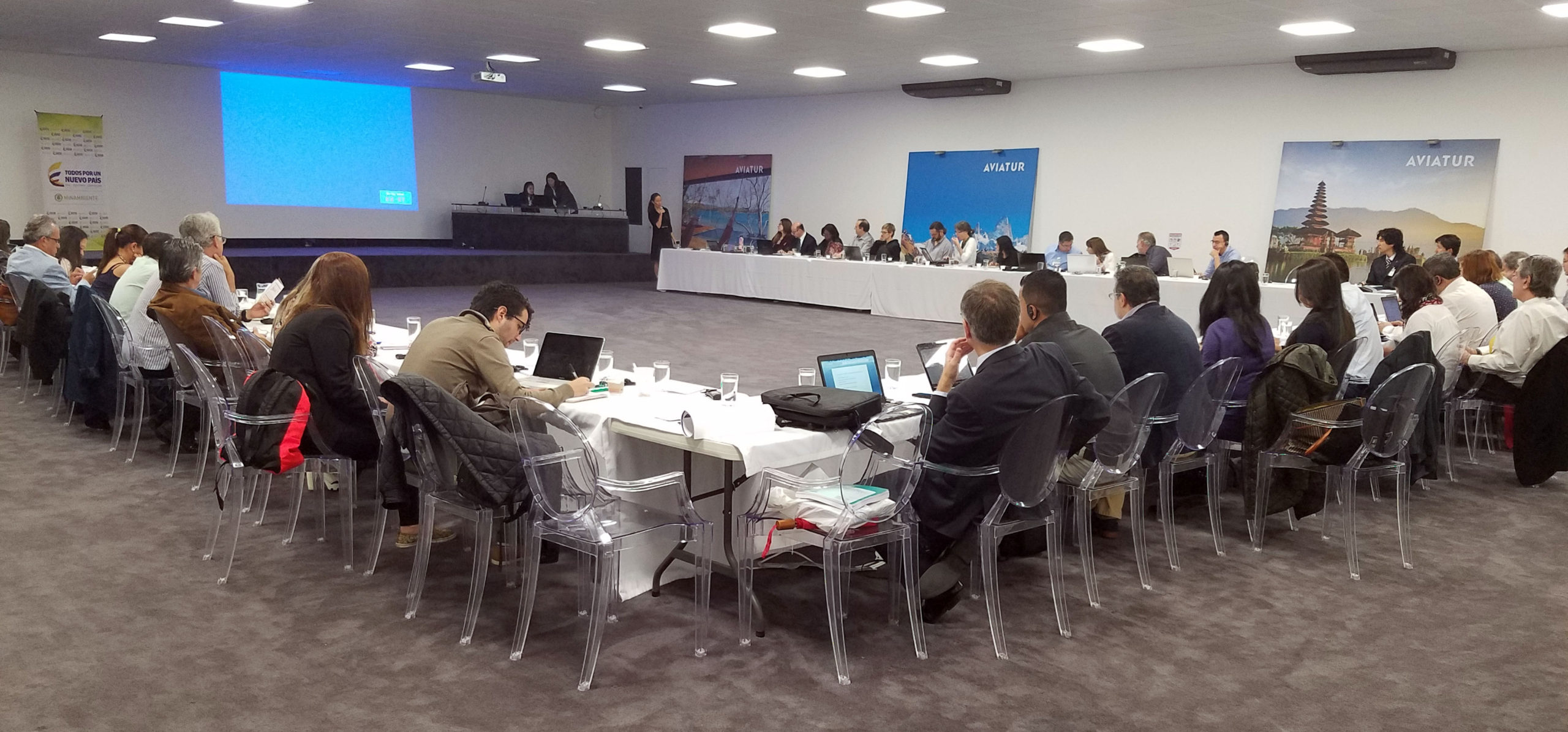
Latin America Regional Meeting: BRI presented on mercury biomonitoring at the UNEP Latin America Regional Meeting, held October 5, 2016 in Bogota, Columbia.
Project Funders
